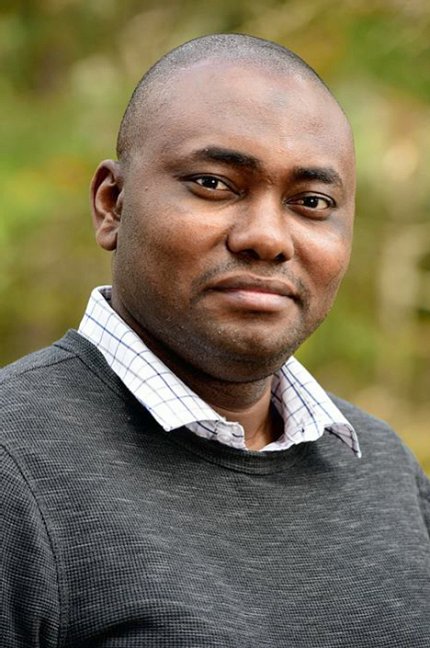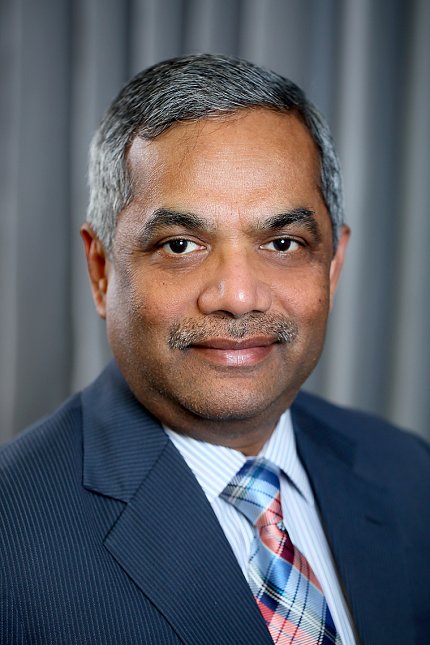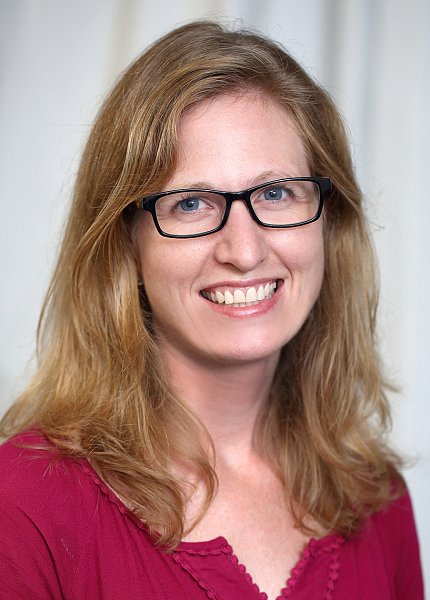NEI Joins Nigeria’s National Eye Centre in Research Partnership

The National Eye Institute has created a U.S.-Africa vision research collaboration with Nigeria’s National Eye Centre (NEC) to study children’s eye health. In a recent virtual ceremony, NEI director Dr. Michael Chiang and NEC director Dr. Mahmoud Alhassan signed a memorandum of understanding between the two organizations. The event also hosted a virtual scientific symposium on vision research with speakers from the U.S. and Nigeria.
The agreement forms the framework for a new African vision research consortium and the African Longitudinal Eye (ALE) Study to be centered at the NEC in Kaduna, Nigeria.
ALE, focusing on visual outcomes, will be initiated as part of the Kaduna Infant Development (KID) Birth Cohort Study, which is being created by Dr. Musa Kana, currently a postdoctoral fellow at the National Institute of Environmental Health Sciences. Although this new agreement is non-binding and provides no funding, it clears a path for NEI and NEC to share expertise, resources, data and more in pursuit of vision research.

“It’s our hope that through this program we can connect with the next generation of scientists in Africa and make a long-term collaboration of all areas of eye diseases,” said Dr. Gyan Prakash, associate director of NEI’s Office of International Program Activities. “There are tremendous research gaps and opportunities when it comes to genetics, infectious diseases and other eye conditions in Africa where we can learn from each other. We hope this collaboration will help us work with our colleagues in Africa to close that gap, improving the health of people there, in the U.S. and around the world.”
The partnership began with a chance meeting last year between Kana and Kerry Goetz, associate director of NEI’s Office of Data Science and Health Informatics. Both were attending a virtual science event for the NIH Common Fund’s DS-I Africa program.
Kana belongs to the first cohort of the African Postdoctoral Training Initiative (APTI) Fellowship, a program organized by NIH’s Fogarty International Center that brings postdoctoral fellows from across Africa to NIH for several years of training. With a background in perinatal and pediatric epidemiology, Kana is using his time at NIH to develop his KID Birth Cohort to study the genetic and environmental factors that contribute to stunting in Nigerian children.

Stunting—impaired growth and development in children—is a significant issue in Nigeria and other parts of Africa. But one of the major gaps for Kana has been how to manage data collection and storage for his massive project.
Goetz’s knowledge of data science—and in particular, her experience running NEI’s eyeGENE program—will help close that gap. eyeGENE is a database of genetic and phenotypic information from people with rare genetic eye diseases, paired with biological samples and contact information for participants. Over the 13 years since its inception, data and samples from eyeGENE have contributed to hundreds of research publications.
“eyeGENE has a robust framework for gathering clinical data and biobanking samples, and this kind of framework can serve as a model for Dr. Kana’s project,” said Goetz. “For now, we’re still building protocols and setting up the project, but hopefully we’ll be working together for many years to come.”
“When I saw that eyeGENE collects data from all over the United States, trying to figure out what is the genetic basis of rare eye diseases, this really struck a chord with me,” said Kana. “I had so many questions about how we collect, manage, store and archive our data, and Ms. Goetz is really helping me get answers to those questions.”
To capitalize on Goetz’s experience, Kana has expanded the vision component to his KID study, creating ALE. This vision research project will enroll pregnant women, collect environmental and genetic data and then follow the eye and vision health of children through their sixth year. Of particular interest is the development of myopia, a condition that is rapidly increasing in prevalence around the world.
“There haven’t been a large number of studies about eye and vision health during prenatal and early childhood development in Africa,” Kana said. “Collaborating scientists from NEI, from other U.S.-based research institutions, from institutions in Africa, will be able to come on board and ask questions about the developmental origins of eye health and diseases and use the platform that we’re creating.”
In addition, Kana intends to build a genetics and biobanking platform based on the eyeGENE model, which will be available for future research projects in Africa, the U.S. and around the world.
“Dr. Musa Kana has really proven himself to be a very strong scientist, communicator and organizer, and has really pushed this collaboration forward,” said Dr. Peter Kilmarx, FIC deputy director. “The future looks pretty bright for this kind of collaboration. We’re excited to assist NEI in setting up this project, especially with its strong emphasis on data science and vision science.”
“Once I get this project up and running, I’d like to expand beyond Nigeria,” said Kana. “I’ve gotten to know and establish collaborations with my colleagues in the [APTI] fellowship program, who come from many different countries. I hope to use these connections to expand this vision research project across Africa, really getting to understand the connection between the environment, genetics and vision health.”
